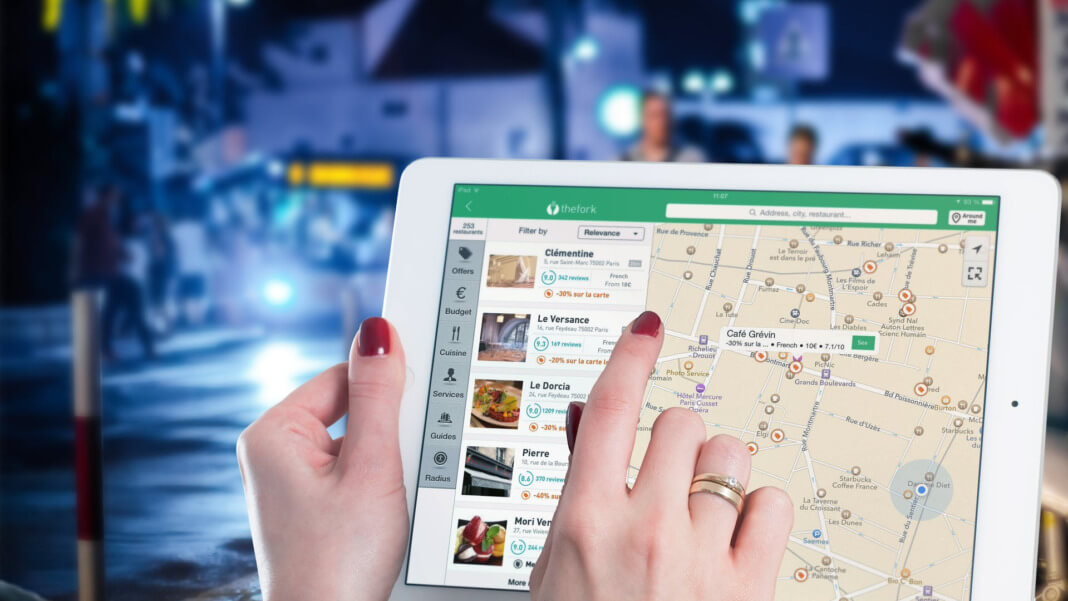No longer do we live with media; we live within the media. Despite the painful budget cuts these days, organisations are now investing more in digital advertising in an attempt to woo the abundance of consumers in the online space. Just this year, the digital ad spend is expected to be US$720 million, that is more than double the spending of last year. The shift of users from traditional media to new media is nothing new, and it has been going on for quite some time now. However, it did accelerate the process a lot more when the world was hit in the face by COVID-19. That’s not so much for broadcast and print media. But with high traffic, comes risks – so with the increase of digital spending, comes the opportunity of digital ad fraud.
Digital marketers spend millions of dollars on online campaigns through the means of social platforms such as Google, Facebook and Instagram, amongst others, to place curiosity-inducing advertising in high-traffic digital spaces in hopes to attract consumers. These efforts are not only for outreach purposes but for the data collection on consumer behaviourism so to generate better and more effective advertising campaigns. However, the effectiveness of these campaigns is hindered by several factors such as online ad fraud – fake clicks, malicious human mimicking bots that generate false traffic data and transparent figures from the growing use of online adblockers. Digital ad-spend and efforts are thus redundant and laid to waste.
But here’s the good news, blockchain may be the very solution to this problem. Or at least that’s what the internet is saying.
What is Blockchain?
This term would be familiar to those who have been keeping up with matters of cryptocurrency, investing and banking. If not, we’ve got you covered.
Blockchain is a lot less complex than it sounds. Simply put, a blockchain is a chain of blocks. Yes, we kid you not. The “block” is the digital information in the form of data and the “chain” being the public database. As the “block” sits on the “chain”, the digital data (block) resides within a public database (chain).
Ok, but how does it work?
A “block” contains three elements – the data, its hash and the hash of the previous block.
Data is the digital information stored within the block — for example, a person’s name and contact number. As for hash, one could say that it is similar to fingerprints where each block has its very own unique fingerprint and lastly, as the blocks are connected due to the “hash of the previous block” element, also known as, a hashing system.
Hashing system
Now picture three blocks – 1, 2 and 3. Block 3 points to Block 2, and Block 2 points to Block 1. Block 1, being the first, is the exception and can’t point to another block. The first block is a Genesis block. The hashing system is what ties the blocks together, somewhat like a family tree. However, whenever data is tampered within a block, the hash changes. As the blocks are connected via a hashing system, the following blocks of the tampered block, are then invalid as the hash of the previous block no longer exists. To make the blockchain valid again and reinstate the hashing system, the hashes of all the following blocks would then need to be recalculated, and that could mean hundreds of thousands of blocks. The hashing system is only just one of the security features that blockchain provides. However, with technology getting smarter these days, it is not 100% tamperproof, and that is where proof-of-work comes in.
Proof-of-work
Proof-of-work is a digital mechanism that slows down the creation of new blocks. In Bitcoin’s case, it takes about 10 minutes to calculate the proof-of-work per block. Meaning to say that if one block were to be tampered with, it would require the recalculation of the proof-of-work for all the following blocks after. Allow us to repeat, hundreds of thousands of blocks.
A distributed ledger
Blockchain is a distributed ledger that uses a peer-to-peer network, which means to say that anyone can be a part of this network and thus why the “chain” was termed as a public database. When new blocks are added, everyone’s blockchain within this network is updated all at the same time. However, peers act as a sort of verification screening. It would require at least a 51% peer consensus for a new block to be officially accepted in the blockchain
Smart contracts
And lastly, smart contracts. Smart contracts are similar to contracts in reality; however, they are immutable. What does that mean? Once a smart contract is created, it can never be changed again, which is what makes it secure.
With these comprehensive levels of security in place, the blockchain is very secure and thus a viable solution to counter online ad frauds.
Countering online ad frauds
It is said that online ad fraud was made possible due to the lack of transparency in the digital media supply chain and thus causing complications that involve various stakeholders along the process of sourcing, bidding, buying and selling digital ad inventory. Simply put, the digital ad ecosystem is currently a mess with the constant exchange of data, and thus risk opportunities are aplenty. A system with a clear and unfettered framework such as blockchain could be the solution. Furthermore, it could also add identity verification value and provide transparency.
Limitations
In terms of security and mad organisational skills, blockchain is potentially an ideal solution against online ad fraud. However, we do not think that blockchain is ready for that just yet. Blockchain has not been mass-adopted due to its limited transaction processing capacity and thus affects scalability.






